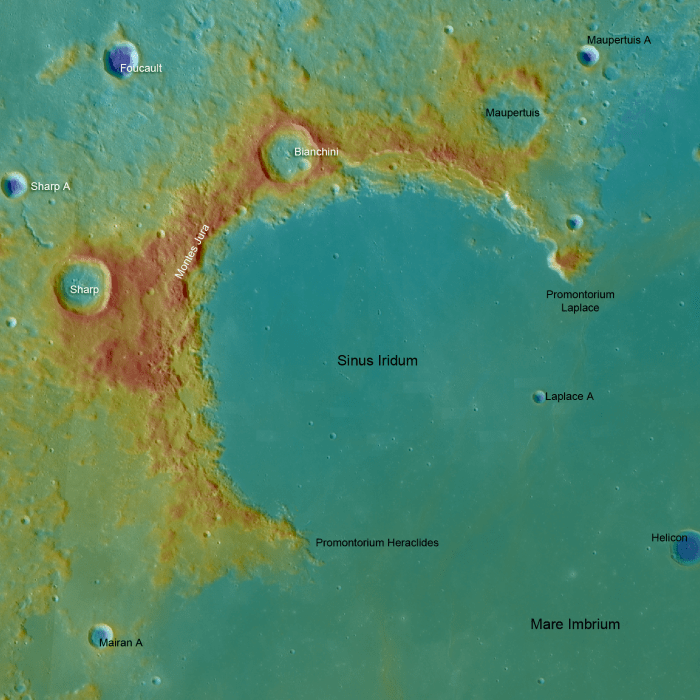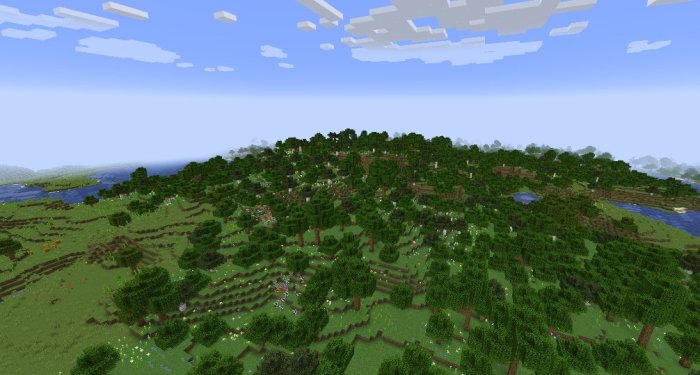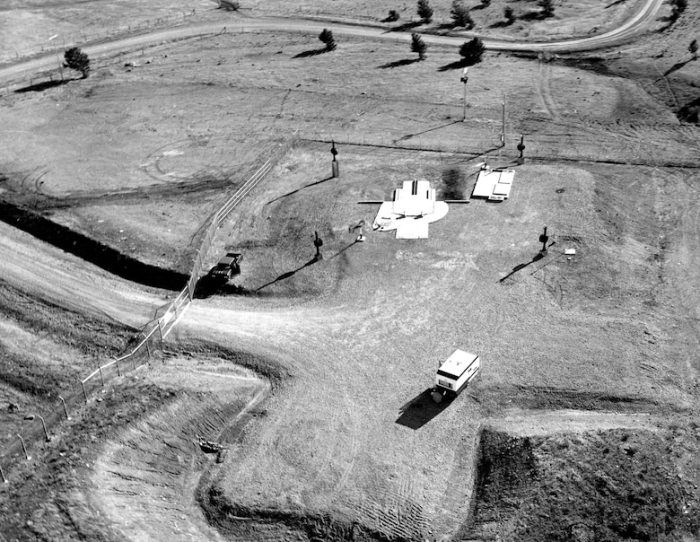Kuwait’s terrain is flat and nearly featureless, a unique and defining characteristic of this Middle Eastern nation. This remarkable landscape has significantly influenced human settlement, infrastructure development, and the delicate ecological balance of the region.
The flatness and lack of notable geographical features in Kuwait are primarily attributed to its geological history, shaped by eons of sedimentation and erosion. The absence of mountains, valleys, or significant bodies of water has presented both challenges and opportunities for the people of Kuwait.
Kuwait’s Terrain Overview

Kuwait’s terrain is characterized by its remarkable flatness and near featurelessness. The landscape is devoid of significant geographical features, presenting a vast expanse of low-lying, featureless terrain.
Geological Formation and History
Kuwait’s terrain is a product of geological processes that have shaped the region over millions of years. The flatness of the landscape is attributed to the accumulation of sediments deposited by ancient rivers and marine environments. The absence of notable geographical features is a result of the lack of significant tectonic activity and volcanic eruptions in the area.
A timeline of significant geological events that have impacted Kuwait’s terrain includes:
- Deposition of sediments during the Cretaceous period (145-66 million years ago)
- Formation of the Arabian Gulf during the Miocene period (23-5 million years ago)
- Uplift of the Arabian Peninsula during the Pliocene period (5-2 million years ago)
Impact on Human Settlement and Infrastructure
The flat terrain of Kuwait has significantly influenced human settlement patterns. The absence of geographical barriers has allowed for the development of extensive urban areas, with Kuwait City serving as the primary metropolitan center.
The featureless landscape has presented challenges for infrastructure development, particularly in terms of transportation and water management. Extensive road networks and desalination plants have been constructed to overcome these challenges.
Urban planning and architecture in Kuwait have adapted to the flat terrain by incorporating low-rise buildings and wide boulevards to maximize natural ventilation and reduce heat buildup.
Ecological and Environmental Considerations, Kuwait’s terrain is flat and nearly featureless
The flatness and featurelessness of Kuwait’s terrain have implications for its ecosystems. The lack of geographical diversity limits the range of habitats available for plants and animals.
Preserving biodiversity in this relatively uniform environment is a challenge, and conservation efforts focus on protecting existing habitats and reintroducing native species.
Examples of conservation initiatives include the establishment of protected areas, such as the Jahra Nature Reserve, and the implementation of programs to restore degraded ecosystems.
FAQ Compilation: Kuwait’s Terrain Is Flat And Nearly Featureless
Why is Kuwait’s terrain so flat?
Kuwait’s terrain is flat due to centuries of sedimentation and erosion, which have gradually leveled the landscape.
What are the challenges of living in a flat and featureless environment?
Challenges include limited natural resources, vulnerability to extreme weather events, and a lack of topographic diversity.
How has Kuwait adapted to its flat terrain?
Kuwait has implemented innovative urban planning and architecture, including the construction of artificial islands and skyscrapers to maximize space and resources.

